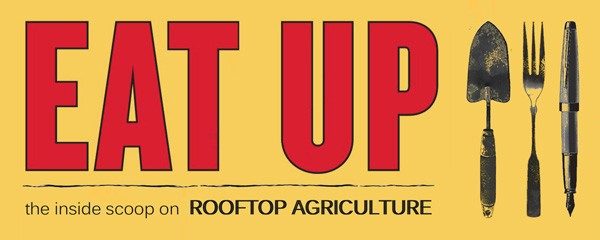tailored rooftop strategies
Some areas of the U.S. are more suited for urban rooftop agriculture than others. As a result, each region of the country requires a carefully sculpted rooftop strategy.
The West can benefit from strategies that emphasise community involvement and efficient water use The region’s high urban population and low amount of precipitation feed into this recommendation, as does the region’s propensity to support community initiatives. It’s worth noting, however, that significant climatic, cultural, and urban development pattern variations exist within the Western region (between the Pacific and Mountain divisions), and so rooftop strategies must be catered accordingly.
A strategy for the Midwest should focus on food production as a teaching tool and production of food for use within buildings. Coupling educational campaigns with food production for use within buildings would not only empower Midwesterners, but would also provide jobs and improve nutrition.
The Northeast can benefit from high-yield commercial strategies that emphasize food localization. Addressing food security and minimizing the transportation of food should be paramount, given the region’s high population density coupled with its high urban population. The incorporation of community-oriented strategies are duly important for the most densely populated cities due to the potential for building community, providing green space, and reconnecting people with their food.
A strategy for the South should emphasize high-value commercial crops and food production for use within buildings. This region’s warm climate and high precipitation levels are ideal for novice and professional growers alike. Additionally, agricultural costs can be kept low in this part of the country given the region’s climate – no greenhouses are needed.
 EAT UP
EAT UP